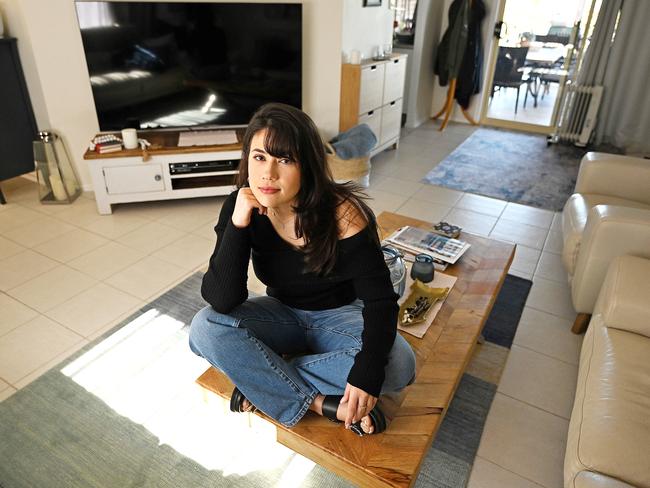Qld property and rental market out of reach for frontline workers
Childcare workers, teachers, nurses, police and public servants are unable to buy or rent a home on their own in South East Queensland, a new report has found.
QLD Politics
Don't miss out on the headlines from QLD Politics. Followed categories will be added to My News.
Frontline workers are being forced out of the property market by rising costs, with childcare workers, teachers, nurses, police and public servants unable to buy or rent a home on their own in South East Queensland, a new report has found.
Property Council of Australia Queensland executive director Jess Caire said the Beyond Reach Report, released on Monday, painted a grim picture for homebuyers and renters in key frontline roles.
“The research shows no essential worker can afford to buy or rent a home, or unit, on their own in South East Queensland,” Ms Caire said.
“For dual-income families with an average gross income of $150,000, buying an established home is ranked ‘beyond reach’.
“It’s a similar story for house and land packages, which are deemed ‘unaffordable’.
“These are the same people we rely on to save lives, fight crime and teach our children, and it will be Queensland’s loss when they are forced to choose a new career or a new state to live in because they can’t afford to live here.”
Childcare worker Chrysovalantou Frangos, 22, of Brisbane, still lives with her parents because buying a house or renting just doesn’t feel like an option on her wage and the rising cost-of-living necessities.
“Recently I thought of possibly buying a house or moving out, but with my wage, I can’t, and I’m forced to just live with my parents because I can’t do it on my own,” she said.
“I have to think of a way to move in with someone else, or possibly stay with my parents until I can find a way to buy a house, but I just can’t afford it.
“I started doing some research, and it’s just not possible. Like, how much I earn versus a deposit for a house.”

The report showed that a hypothetical family on a household income of $100,000 could only afford a place in Moreton Bay islands or isolated pockets of the Lockyer or Somerset regions.
Multiple suburbs in the inner and western suburbs of Brisbane, northern Sunshine Coast and southern Sunshine Coast would theoretically consume more than 100 per cent of the family’s income, while unit affordability was also largely non-existent.
Median-priced houses were also not affordable in Cairns or Townsville for that budget. Mackay, Rockhampton and Gladstone also didn’t have an abundance of affordable houses, but there were some suburbs within each that were affordable.
Ms Caire said the initial Beyond Reach report from 2007 had predicted Queensland would face a housing crisis.
“Queensland’s prevailing policy settings are exacerbating the housing crisis,” she said.
“Every new tax on property, regardless of the intended recipient, inflates the cost of housing and is ultimately paid for by Queenslanders.
“Housing is more expensive than it needs to be, red tape is making it more difficult to deliver, and the slow pace of infrastructure delivery has made it harder to unlock new sites.”
She said 12 new and/or increased taxes imposed on the sector contributed to more than 30 per cent of the cost of a new apartment or house.
“Queenslanders are paying an extraordinary price for this, with property-related fees and charges generating 38 per cent of the taxation revenue that funded this year’s state budget,” she said.
“We will be calling on the newly formed government, post the October election, to commit to a thorough evidence-based review of the impact taxation has on the delivery of new homes in Queensland.”





